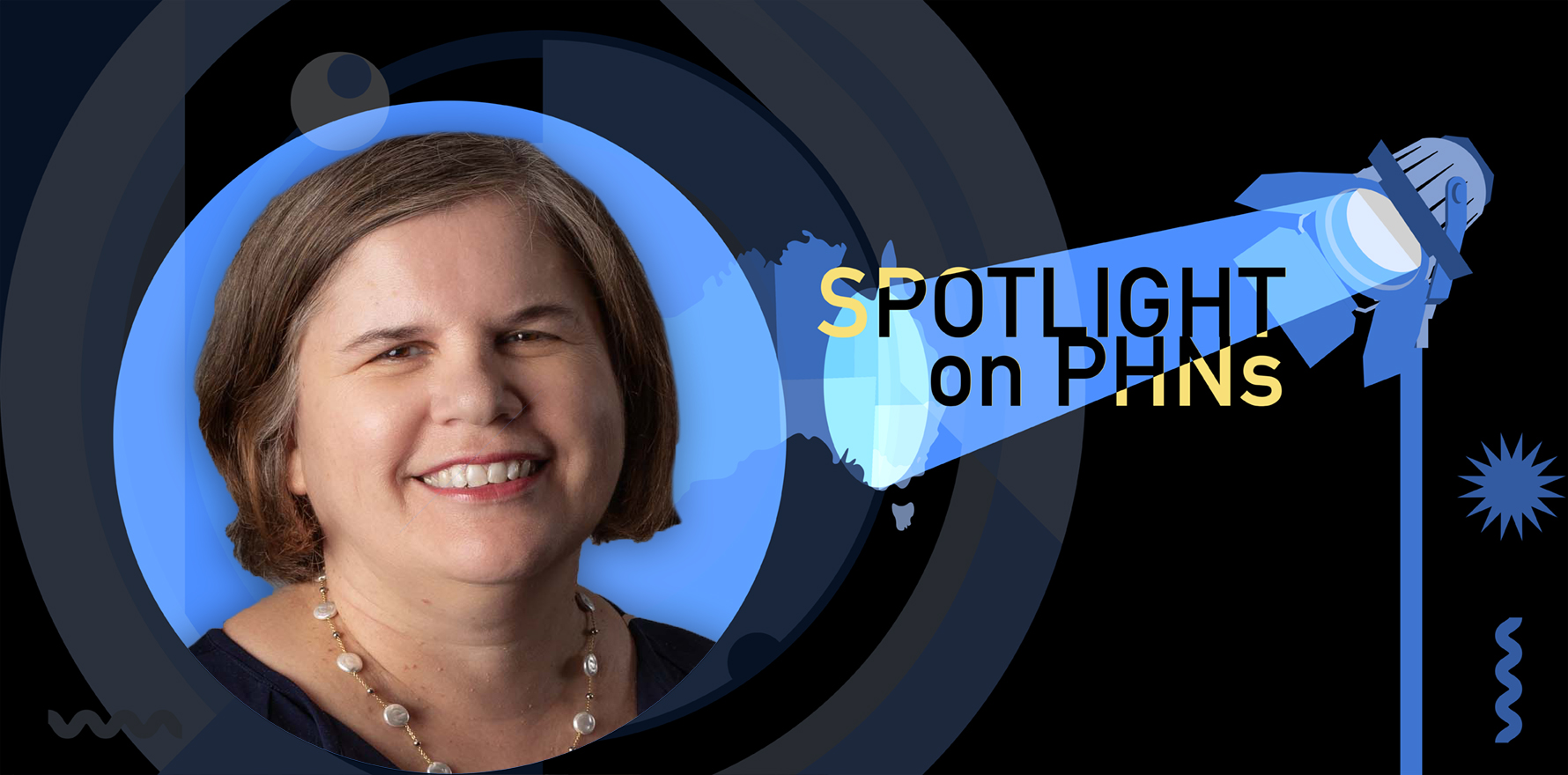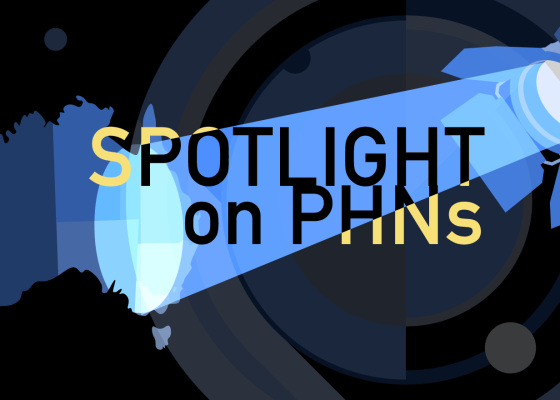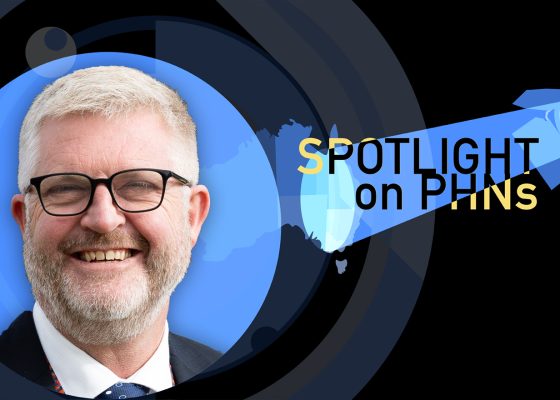Central and Eastern Sydney PHN may be one of the smallest in size but as CEO Nathalie Hansen explains, it’s tackling some big health challenges.
Central and Eastern Sydney PHN includes 12 urban local government areas, and a remote island. In this Spotlight on PHNs interview, CEO Nathalie Hansen explains how she and her team are rethinking care to meet the needs of their ageing, multilingual and highly diverse community.
How would you describe the biggest health challenges in your region right now? What makes your catchment unique?
Our region extends from the Sydney CBD areas south to the Royal National Park and west to Strathfield and Lakemba. It includes 12 local government areas, and unusually, it also includes Lord Howe Island, so we’ve got a bit of a remote population in there as well.
What makes our region unique is its diversity. We are the smallest PHN by geographical size, but I think we could lay claim to being the most diverse of the PHNs.
It includes:
- almost half of our population that speak a language other than English at home;
- a large LGBTQI population;
- large numbers of people experiencing homelessness;
- a sizeable Aboriginal population;
- close to 200,000 people with some form of disability; and
- vast differences in household income across the region.
That presents challenges in how you respond to all the different needs.
Our biggest health challenges right now are the high rates of mental illness, increasing rates of diabetes and other chronic conditions, the need to really promote immunisation across the lifespan, because so many conditions can be prevented by vaccines.
Within an ageing population, we’re seeing the impact of increasing rates of dementia. Access to timely, affordable care is also becoming increasingly difficult, particularly for people on low income.
Finally, another key challenge is that we’re going to see huge increases in population in some parts of the region at the same time as we’re seeing a decline in the number of general practices.
Increasingly we’re going to see people in urban growth areas are going to struggle to access care, and we’re going to have to come up with new models of care.
How do you balance the very urban population with the very remote Lord Howe Island?
Lord Howe Island’s pretty small, with a population of about 400. We work closely with the local health district, South Eastern Sydney LHD, to provide services into there as well. The amount of support that we can provide is somewhat limited, but I know that our practice support team do quite a bit of work with the general practice there.
Related
You had a strategic planning day a few weeks ago. What came out as some of the priorities?
Our strategic planning day was a big success. We had two main focus areas. One of them was the integrated mental health service hubs model that we’re trying to deliver in our region. And we had invited Brisbane North PHN CEO Libby Dunston to come and talk about their experience of establishing hubs in their region.
We’ve been doing a lot of consultation on this process for a while, and there seems to be a lot of support behind it. It’s a big change to how we commission mental health services in our region, so it was great to be able to reinforce with our stakeholders and hear what’s important to them and how we can make sure that it works effectively.
The other key focus area we looked at was the New South Wales single front door model, and how that translates on the ground for consumers, particularly those from non-English speaking backgrounds and how they access the single front door. Also how does it interact with primary care? We had some interesting feedback on that process from our stakeholders.
Some of our other priorities that we’re working on with both of our local health districts — we’re increasingly looking at the prevention agenda, and both prioritising diabetes prevention and the need to increase adult immunisation. So we’re working together with the LHDs on that, which I think will be exciting. Prevention has been too long neglected.
What are some programs or initiatives that you’ve launched in the last 12 months?
We’ve done a lot of work around immunisation. We’ve got an immunisation team with a mix of pharmacists and other staff that work with both general practice and pharmacies within the region. They provide a lot of advice on how to have best practice in that area and emphasise the importance of vaccination.
We’ve also worked in partnership with the LHDs around trying to get community leaders involved in the messaging around vaccination. There’s a lot of scepticism now since covid. People are more reluctant to get vaccinated, and our rates in our aged care facilities are definitely not as high as we would like them to be. We’ve done some work to try and increase the vaccinations there by funding teams of people to go out and do vaccinations.
In the diabetes area, probably not as much, and it’s an area we want to do more of. We’re doing a lot of joint planning in that space with the LHDs, and more so with general practice in terms of sharing data with them on how they’re going on the key measures for diabetes and where they might need to improve around all the checks that they need to do.
A lot of it is still in the pipeline, but it’s more around the messaging before people get diabetes and what they need to do when they’ve got the risk factors to prevent getting there.
How are you supporting the local primary care workforce, especially in the face of GP shortages or burnout?
In our region, we’ve got an older GP workforce. I think 51% of our GPs are aged 55 years and over, and they’re soon going to start their transition to retirement so there’s a need to support those.
We’ve also got a lot of small, solo practices in our region, more so than other areas, so we really need to be helping them prepare so practices don’t suddenly close with nowhere to send results and patients being left in the lurch.
We’re also trying to build a sense of connection between GPs and other allied health providers, who are often working on their own or in small teams. We’ve been hosting dinners so that they can build that opportunity. We do them quarterly as well as our comprehensive CPD program that runs maybe three nights a week.
The other area is the allied health workforce, which is key as well in terms of supporting multidisciplinary care. Even at that workshop last week, it was the opportunity to get allied health involved in the single front door as well.
For example, people with back pain, seeing if they could get an appointment to see a physio more quickly. We’re looking at a lot of trialling multi-disciplinary care initiatives in the region as well.
How do you support primary care with data and how do you use it to measure the impact across your region?
With all of our GP practices, a large proportion of them are providing data back to the PHN. We extract deidentified data from them and provide them with regular feedback reports which highlight areas that they could work on for quality improvement or to support clinical decision making.
The reports are tailored for each general practice, so they get to compare how they’re doing with other general practices in the region and other general practices in New South Wales, for example.
We also have 175 practices that are part of the Lumos program, which is run by NSW Health and that looks at integrating general practice and hospital data and other health system data to better understand patient journeys and identify opportunities for improvement. There’s a lot of potential in that area as well.
We were recently looking (with the LHDs) at trying to identify where the hospitals that are having more repeat presentations and what we could do with practices in that space.
And then we are also doing a comprehensive needs assessment, which we redo every three years, but we update annually. That’s also very helpful. It’s got a mix of quantitative and qualitative data about the region in there, and we do some extensive stakeholder consultations.
Last year for the first time we did some in language focus groups, about 10 of them in various languages. That’s how we got the idea of our new Multicultural Health Navigator service that we’ve rolled out this year in the region. It was in response to the struggles that people were finding in how to access the health system in our region.
In terms of the PHN model, do you think that there is anything in the way it’s set up that needs to change, or anything that would help you make a bigger impact?
I would say the biggest thing of difficulty for PHNs with the current model is the short-term funding contracts. They can be two years or one year, it varies.
That also has a big impact on the providers that we commission to deliver services as well, creating that sense of uncertainty.
I think if the government was committed to shifting to a minimum of five-year funding terms, that would make a really big difference. I noticed that the NSW government is doing that for a lot of the community services as well.
What would be your one message you’d pass onto policymakers about the impact that PHNs make?
PHNs get things done. We’re collaborative, good at building partnerships and bringing people, communities and health professionals together, and we can make decisions quickly.
We’re good at translating national policy into local initiatives, fragmented areas into being more coordinated, and I think we’re able to deliver results.
Is there a local health issue or population group that you think needs to get more national attention?
Yeah, there is one group that we’ve been doing some work with that I think needs more work happening nationally – people with intellectual disability.
They have a life expectancy which is 27 years less than the general population. They have far higher rates of chronic disease and eight times higher hospital admission rates.
They reflect a deep systemic failure. It’s not just about workforce gaps, it’s about how our health system is structured, how it’s incentivised, and who it really serves.
Access to safe, affordable, accessible care should be a universal right and not a privilege just for those people who are easier to care for.
There are four PHNs that have received funding to tackle this issue. We’ve been getting that funding for four years now.
In our region, we’ve got a project which provides training and support for general practices in how they care for this population group. We’ve got people that go out into the practices and work with the teams, and it’s shown some good results. That should be translated nationally, and we need to do more in that space.
Is there anything else you wanted to add?
Within our region, there are a quite a lot of services. One thing that we’re trying to address is service navigation. We’ve got an online service directory that includes about 1600 services within the region, so it’s a whole range of community services and health services, and we’ve also included a mental health waiting list time.
Everything is about trying to make the system easier to use for people that need to use it. Also for providers, because it’s not that simple for them as well to keep across everything that’s available.



